 Dertzbaugh post card view of Mt. Olivet Superintendent's home Dertzbaugh post card view of Mt. Olivet Superintendent's home This is the second part of a story inspired by, and about, postal cards of the early 20th century—many of which prominently feature Mount Olivet Cemetery. In “Part I,” I discussed the origin and growing popularity of post cards, and one of the first purveyors in Frederick, Mr. Lewis R. Dertzbaugh. Mr. Dertzbaugh was not a professional photographer, art designer or printer. Instead, he was simply a businessman and owner of a stationary store, but saw the value in marketing the means of sending unique “local scenes” of town to relatives and friends across the county, state and country. He also sold postcard albums, which were important repositories for cards received and collected. L. R. Dertzbaugh was not alone in the sale of postcards here in Frederick at the time. I’d like to introduce you to a few more individuals whose legacy certainly rests in the fine array of vintage cards that can be found in antique stores, up for auction on eBay, and in the valued collections of several Fredericktonians, past and present. KREH A pioneer in the field was a man named John Frederick Kreh (1861-1939). He is on record as taking the very first photographs of the FSK Monument on the day of its unveiling and dedication of August 9th, 1898. Kreh was the son of a German immigrant, and learned the trade of photography from J. Davis Byerly, son of Frederick’s first known photographer, Jacob Byerly.
 John F. Kreh John F. Kreh John F. Kreh, the well-known photographer, located at No. 8, North Market Street, Frederick City, Md., was born in the city where he now resides, May 24, 1861. He is the son of Peter and Elizabeth Kreh. Peter Kreh was a native of Schafheim, Hesse Darnstadt, Germany, and emigrated to this country while yet a young man. He settled in Frederick City, where he died in 1888. He followed the trade of a stone and brick mason. In politics he was an adherent of the Democratic party, and was affiliated in a religious way with the Lutheran Church. He was married to Elizabeth Haux. They were the parents of the following children: Mary, married to George Yost, of Baltimore, Md.; Lewis T., a cigar maker of Frederick City; John F., of whom presently; William H., a merchant of Frederick; and Charles, press brick mason, contractor and builder, also of Frederick. John F. Kreh, son of Peter and Elizabeth Kreh, was reared in Frederick, and received his education in the public schools of that place. While yet a young man he learned the photographer’s trade under J. David Byerly, with whom he continued to work until he was thirty years of age. In 1895, he embarked in business on his own account at his present stand, and has ever since been actively engaged in the management of his business. He is the leading photographer of Frederick, and has followed general photography for thirty-three years. He conducts one of the leading establishments of its kind in the city, and he is the possessor of a large trade. He is one of the well-known and leading business men of the city, and is highly esteemed by all who know him. In politics, Mr. Kreh has always been a staunch adherent and active supporter of the Democratic party. He was a candidate of his party for Judge of the Orphans’ Court of Frederick at the November 1907, election, but was defeated with the rest o his party. Mr. Kreh is also well-known in fraternal circles. He is an active member and leading spirit of the Mountain City Lodge, No. 29, Knights of Pythias, the Order of Heptasophs, and the Order of Eagles. He is affiliated in a religious way with the Lutheran Church, in which he is an active and consistent member. Mr. Kreh is a self-made man, and has won success through perseverance and strict attention to business. Mr. Kreh was married May 18, 1887, to Julia Buckey, who is descended of one of the most respected and early settled families of Frederick County. They are the parents of two children: Nora and Leslie B. John Kreh would keep active both professionally and personally for the next three decades. He died on November 20th, 1939 at the age of 78. Although his is not a household name, you’ve likely seen his work if you are a fan of Frederick history. He was laid to rest in the cemetery’s Area P/Lot 128. Oddly, his gravesite is not marked by a monument or marker. Nor is his wife, Julia, who died five years later. Both individuals are buried in spaces to the immediate left of son, Leslie B. Kreh, who died in 1903 at the tender age of 11. ETCHISON John F. Kreh wasn’t the only post card purveyor in town as there were certainly others. The W. P. Etchison Studio was located on the SW corner of N. Market and W. Church streets. Here, high grade, professional portraits of the citizenry were taken on the second floor of the building (today the home of the Orchard Restaurant). Like Kreh, William Pearre Etchison ventured outside of the studio to take photographs of local buildings, landmarks and street scenes of town. He turned these into post cards, and wholesaled to other businesses in town such as Shipley and Bopst. Many iconic cards of yesteryear Frederick were produced by Etchison Studies, including one from the vantage point of S. Market Street with a picturesque view looking in our front gate at the Key monument. Born in November, 1882, Etchison was the son of a prominent furniture maker and undertaker in town named William Hezekiah Boteler Etchison. The family lived on W. 2nd Street . His siblings also made their marks: Carroll Lee Etchison was a pioneer in the electroplating industry; Marshall Lingan Etchison, was an antiquarian whose highly regarded collection of copper lusterware was given to the Historical Society of Frederick County; and Josephine Pearre Etchison was the first librarian of the C. Burr Artz Library. 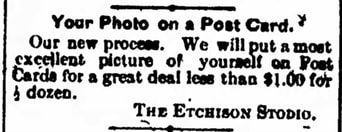 Frederick News (March 18, 1910) Frederick News (March 18, 1910) A newspaper advertisement, dating from 1910, advertised the novelty of having the Etchison firm take a picture of one’s self, which would be suitable for sending to others. I guess you could say that these were truly the first “selfies" taken in Frederick. William ran his popular studio from 1905-late 1910, when he sold his business to trusted assistant George C. Smith.  Early ANSCO camera Early ANSCO camera The multi-talented photographer and printer would belong to several trade guilds over his lifetime. William P. Etchison eventually became a traveling salesman for ANSCO Camera and Film Company out of Binghamton, New York. This was probably the catalyst for selling his shop in Frederick. I'd like to provide a bit of backstory on Etchison's new employer. In the late 1880's ANSCO's predecessor, Anthony and Scovill, bought the Goodwin Camera & Film Company. Hannibal Goodwin had invented flexible photographic film, which should have made Anthony Scovill the leader in the amateur photography business. However, another man, named George Eastman, copied the patented process and immediately set out to compete against Mr. Scovill. The ruthless behavior of Eastman nearly drove the now named firm of ANSCO out of business, but a settlement in 1905 saved the company from bankruptcy. The two firms, (ANSCO and Eastman's company called Kodak), were located roughly 100 miles apart and would continue to be major competitors in future years. Mr. Etchison had sold both Kodak and ANSCO amateur photography products and film out of his studio, and successor G. C. Smith would do the same as this was the dawning of a new era where people could actually take their own pictures on smaller, portable cameras. Businesses such as the Etchison studio could cash in on developing this film for hobbyists. In 1918, William P. Etchison could be found living in Pittsburgh, PA and still working for ANSCO. He would be back in Frederick a decade later, and died here at the age of 46—a victim of pulmonary tuberculosis. Etchison left a wife, Alice M. Doll, and a four-year-old son William Richard Etchison. The latter would one day serve as an instructor of History of Art for Mount St. Mary’s College, and was a much sought after lecturer in the Maryland-Virginia area, formerly associated with the Sidwell-Friends School in Washington, DC and the Virginia Museum of Fine Arts in Richmond.  MARKEN & BIELFELD Both John F. Kreh and William P. Etchison would have their work republished by the undisputed “kings of the Frederick postcard trade”—Marken & Bielfeld. The duo of Victor M. Marken and James J. Bielfeld operated a highly successful printing firm that would be in operation for almost the entirety of the twentieth century. Victor Marcellus Marken was the son of Josiah Recher Marken, an accomplished early portrait photographer of town. The elder Mr. Marken is said to have commenced his business in the 1860's. The younger Marken was more interested in the technical processes of printing, rather than taking photos. Outside of work with his father, Marken would become a member of the firm of Schley, Marken & Delaplaine—eventually to become the Frederick News under the larger marquee of the Great Southern Printing and Manufacturing Company. Apparently Marken’s tenure was short as he had a “yearn to explore,” and decided to leave the news and printing enterprise in 1885, two years after the daily newspaper credited to William T. Delaplaine came into being. Upon his departure, he gained valuable counsel from his father and recruited the Schley & Delaplaine’s bookkeeper in the person of Jonathan Bielfeld. The two gentlemen began their business venture under the leadership of his father. They rented a tent and offering to take pictures at county fairs. Business began to grow and they soon were able to rent a small room in the Etchison building (a former site of the undertaking business) on East Patrick St. at this time, and their only equipment asset consisted of a small hand press.
“Among the very best printers that we know of and one of the largest establishments of its kind in western Maryland is that of Marken and Bielfeld, located at 57 W. Patrick St. The firm is composed of Mr. V. M. Marken and J. J. Bielfeld. Their range of work includes book, catalogue and commercial printing, of the finest quality. Mr. Marken is a native of Frederick county, while Mr. Bielfeld claims New York State as the land of his birth. Send for estimates. You can’t do better, for their work is splendid and the prices rock-bottom. The printers soon moved to 123-125 W. Patrick St. and acquired the contract to print Postmasters Report Books, which were distributed to every post office in the country. This contract was the firm’s proverbial “bread and butter” for a number of years until the federal government decided to take on the task itself, giving it to the US Government Printing Office. The loss of this job dealt a severe blow to the firm, however another phenomenon kept the presses running—picture postcards of course! The native New Yorker, Jonathan James Bielfeld was born December 29th, 1857. He was the son of Rev. Herman Bielfeld, a German immigrant who would spend the entirety of his life as a minister for the German Reformed Church. Mr. Bielfeld’s mother was also from Germany, and the couple had nine children. J. J. was reared principally in Frederick city and received his education both here and in Canada. He started his working career as a clerk in a drug store in Harrisburg, PA—he was only 14 years old at the time. From here, he went to Baltimore, where he became a student of fresco painting, a skill that would serve him later in life in the form of “hand-tinted” postcard treatments. J. J. Bielfeld removed to the West for a while, where he was engaged in a variety of pursuits. He would return East, and located in Frederick in 1879. In time, he would be recognized as one of the leading business and civic leaders in town. Williams History of Frederick County says of J. J. Bielfeld, “To his forceful and pleasing personality is due much of the prosperity and prestige attained by his firm. He has managed the affairs of his business with an ability, foresight and sagacity that stamp him as a man of high executive capacity.” The biography went on to mention that Mr. Bielfeld was unmarried and that “he is of a genial and jovial disposition, and by his pleasing manner has won a host of friends.” In 1917, J. J. Bielfeld was suffering from the effects of ill health attributed to cancer. He got to the point where he would eventually sell his interest in the printing firm to Harry Kiracofe and Richard F. Simmons. James J. Bielfeld died just three days after his 60th birthday on January 1st, 1918. He was buried next to his parents in Mount Olivet’s Area H/Lot 335. The new partnership of Marken, Kiracofe and Simmons plowed ahead. Kiracofe had long been employed by the firm as a graphic designer, while Simmons (who had previously worked for the Marken and Bielfeld firm while in high school) had left is earlier position of secretary to take on the post of general manager for the Potomac Edison Company. Under this new management, in which Marken was respectfully referred to now as Senior Partner, the business expanded its sales force, opened new markets in Hagerstown and Cumberland, and eventually grew into Pennsylvania, Northern Virginia and the Shenandoah Valley and Western Maryland. He eventually held the title of president of the business, which kept his deceased partner’s name for its existence. In 1925 the business was incorporated with a capitalization of $100,000. Mr. Marken, when he was in the plant, was rated highly as a hand compositor, was a good pressman and did a fair share of the cutting and trimming in the bindery. Expansion and print jobs expanded exponentially as automobile sales and travel grew, causing a demand for aids such as road maps and brochures. And then there was the old constant of picture postcards, as they continued to be a barker for the firm’s reputation for being a high quality color printer. Victor Marken primarily spent his later years at his cottage located atop Braddock Heights. While not actively engaged in the business, Mr. Marken, nevertheless, is said to have gone to the plant every day. Victor M Marken died on April 5th, 1936 at the age of 76. He was survived by his wife, Susan (Herbert) Marken, and one daughter, Mrs. Dorothy Abb. His final resting place, along with those of his postcard-making colleagues, is here in Mount Olivet Cemetery. His monument can be found in Area G/Lot 9.
2 Comments
1/3/2020 01:00:53 am
You must charge the batteries continuously for eight hours the very first time. After that, three hours is enough for successive uses
Reply
Allison Duvall
12/4/2022 04:59:05 pm
I have found a photo of William Etchison. Would love to share it with you to update this amazing post!
Reply
Leave a Reply. |
STORIES
|
Archives
July 2024
June 2024
May 2024
April 2024
March 2024
February 2024
January 2024
December 2023
November 2023
September 2023
August 2023
July 2023
June 2023
May 2023
April 2023
March 2023
February 2023
January 2023
December 2022
November 2022
October 2022
September 2022
August 2022
July 2022
June 2022
May 2022
April 2022
March 2022
February 2022
January 2022
December 2021
November 2021
October 2021
September 2021
August 2021
July 2021
June 2021
May 2021
April 2021
March 2021
February 2021
January 2021
December 2020
November 2020
October 2020
September 2020
August 2020
July 2020
June 2020
May 2020
April 2020
March 2020
February 2020
January 2020
December 2019
November 2019
October 2019
September 2019
August 2019
July 2019
June 2019
May 2019
April 2019
March 2019
February 2019
January 2019
December 2018
November 2018
October 2018
September 2018
August 2018
July 2018
June 2018
May 2018
April 2018
March 2018
February 2018
January 2018
December 2017
November 2017
October 2017
September 2017
August 2017
July 2017
June 2017
May 2017
April 2017
March 2017
February 2017
January 2017
December 2016
November 2016















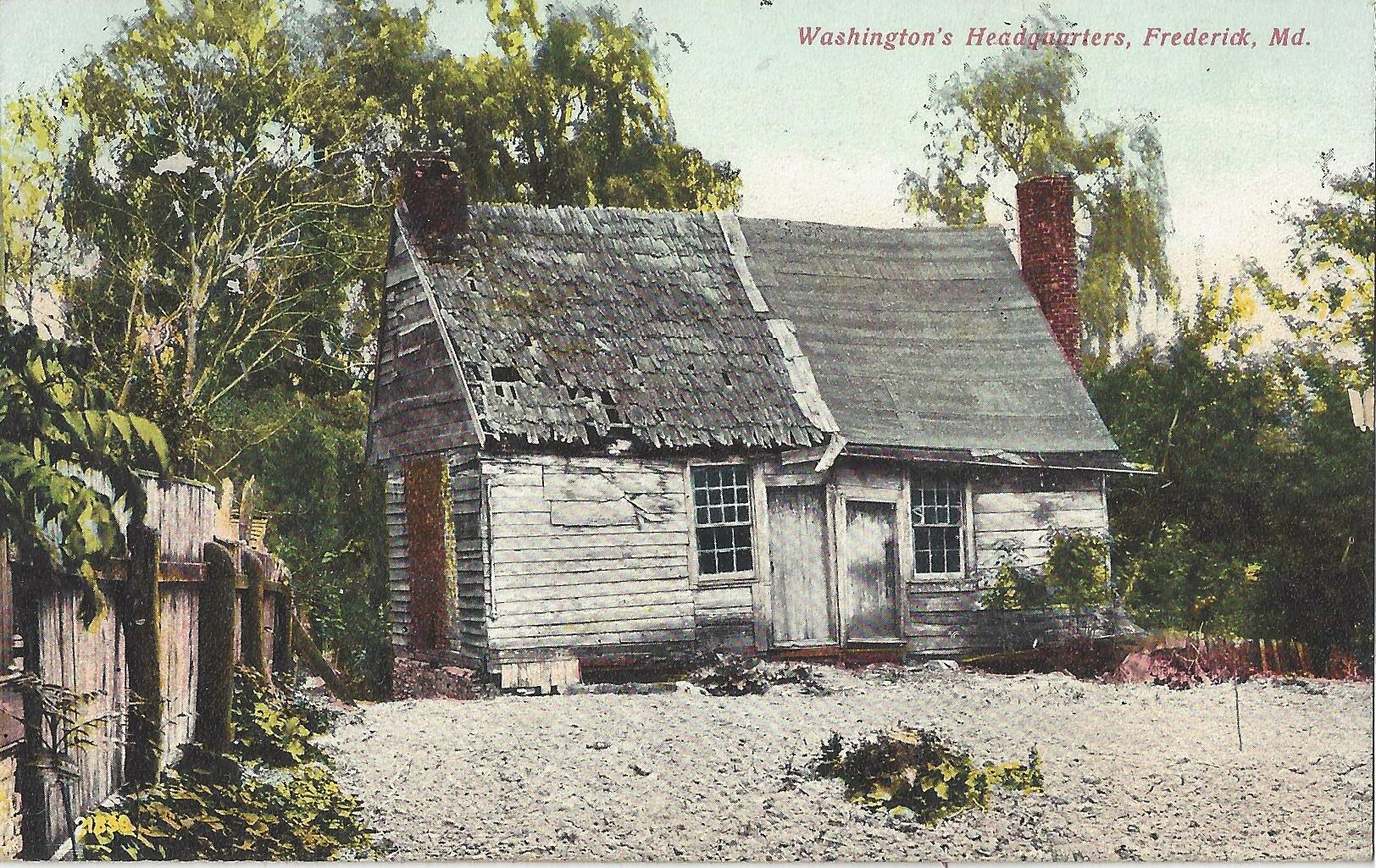


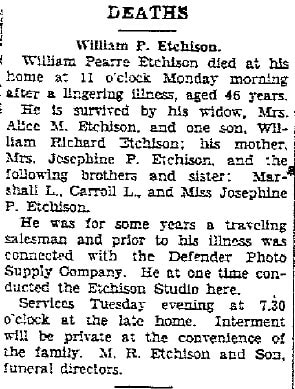









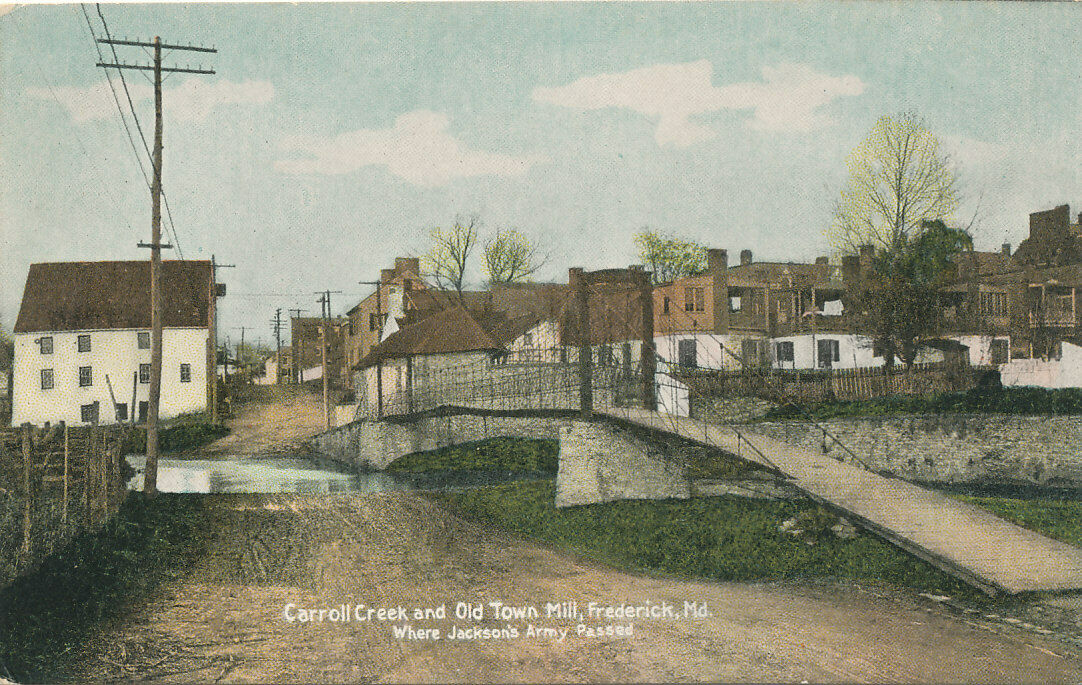









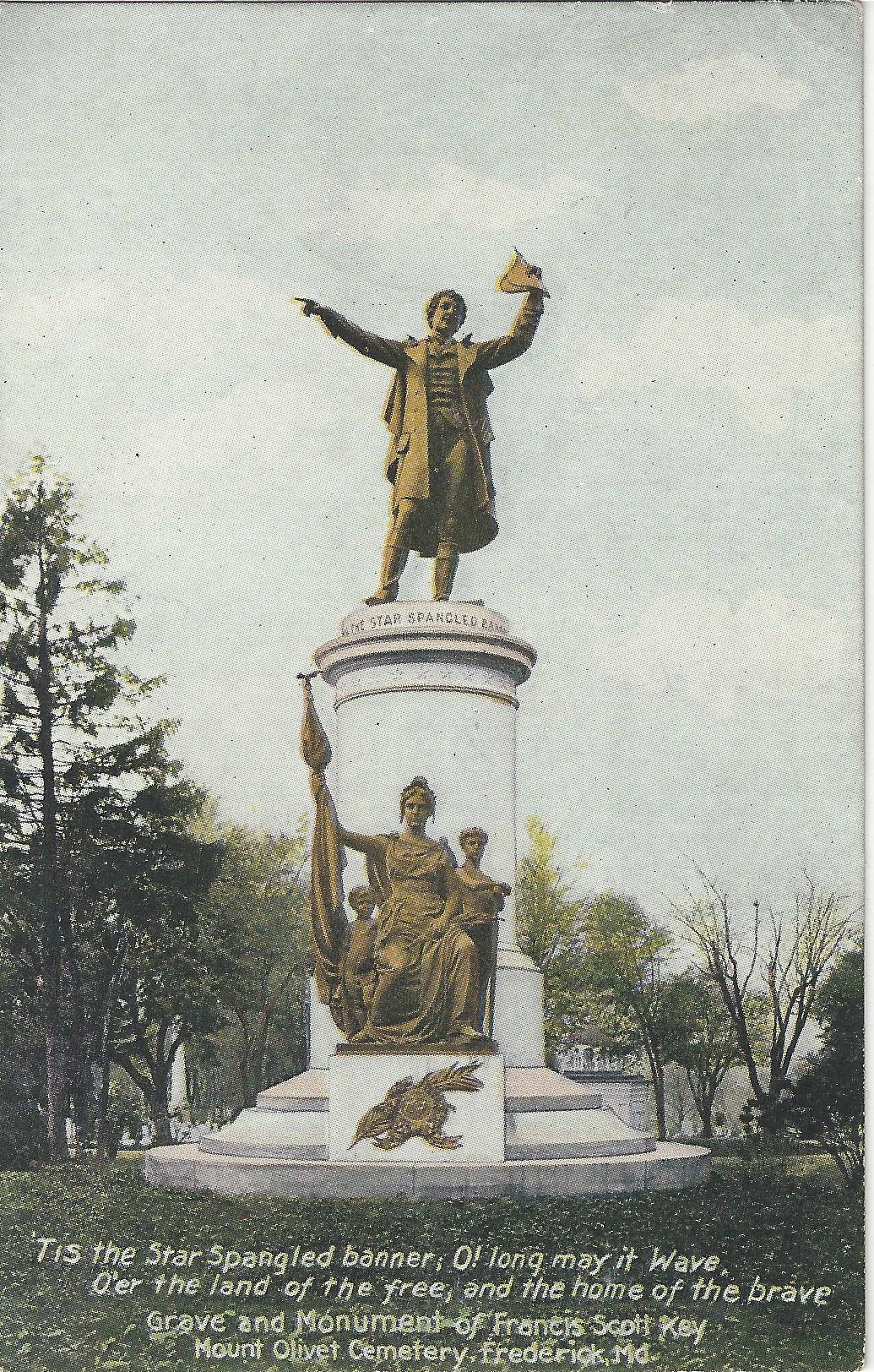

 RSS Feed
RSS Feed